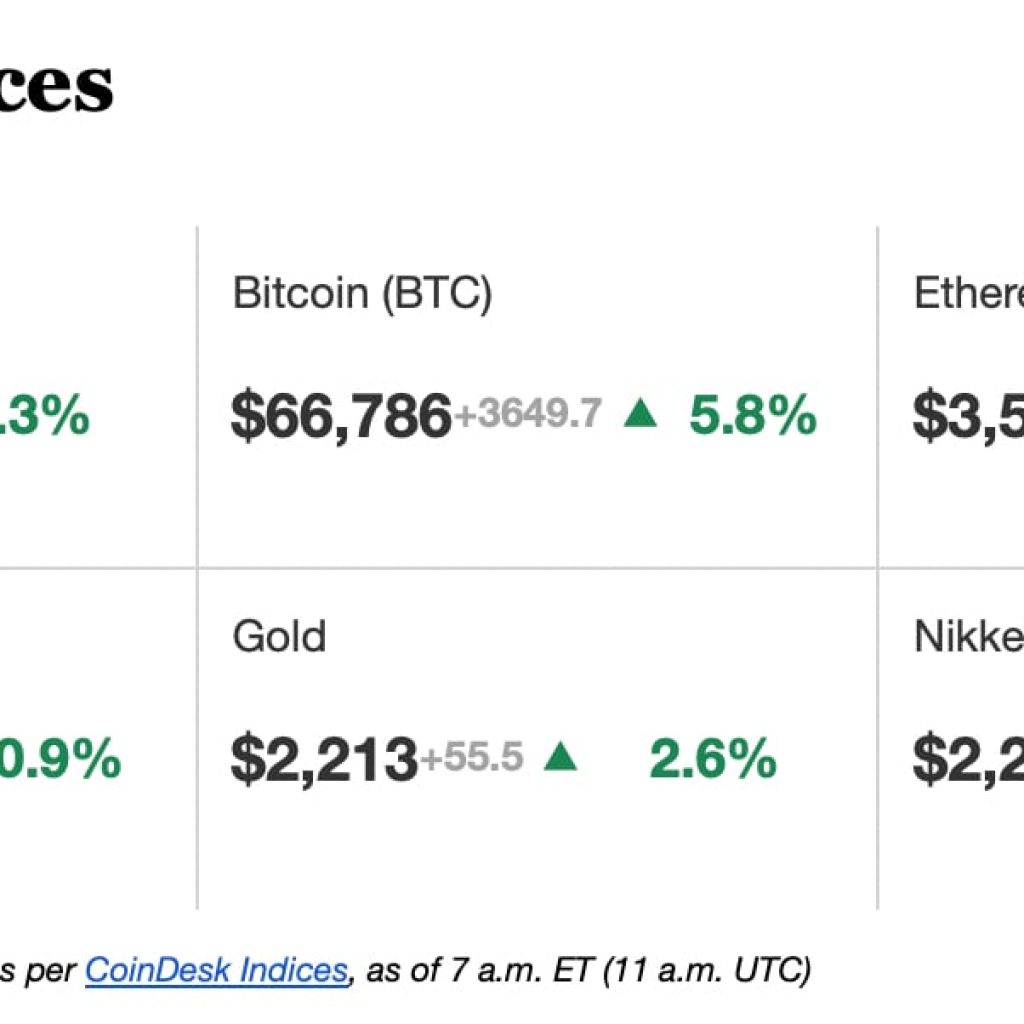China’s rapidly aging population is pushing the country to explore unconventional solutions to meet the growing demand for elderly care. In a bid to address both the demographic challenges and increasing worker shortages, the Chinese government has set its sights on developing humanoid robots and advanced technologies to assist its senior citizens.
The State Council’s recent directive shows it is focusing on the development of humanoid robots, brain-computer interfaces, and artificial intelligence (AI) as key components of the nation’s strategy to support elderly care.
As part of its plan, China aims to accelerate national science and technology projects centered on these areas. The goal is to provide comprehensive support to the elderly, with a targeted network of services that will be in place by 2029.
The country’s ambitious plan promises to establish a nationwide elderly care system by 2035, ensuring that all senior citizens have access to basic services.
China’s elderly demographic challenge
By the end of 2023, China had 216.76 million people aged 65 and above, which accounted for 15.4% of the total population. The government expects this figure to rise further in the coming decades, increasing pressure on the nation’s elderly care infrastructure.
The country currently has just 8.2 million elderly care beds available nationwide, and if the population grows as expected, China might find itself unable to cater to the older generations.
An aging population is a challenge for healthcare and the labor market. This is forcing Chinese authorities’ hands to rethink the country’s approach to elderly care.
In response, the Chinese government is focusing on attracting foreign investment into its elderly care sector, ensuring that foreign companies are treated equally to domestic firms. Additionally, there are efforts to boost vocational training and improve the conditions for workers in elderly care sectors.
Cities such as Wuhan have reportedly begun testing humanoid robots designed to assist the elderly. These robots are equipped with advanced features like health monitoring capabilities, 3D facial scanning, and customization options, allowing them to resemble loved ones or even a younger version of the senior.
The robots are expected to provide companionship and ensure that seniors are well-cared for, addressing the emotional and physical needs of an aging population.
Shanghai has also set a precedent with the release of China’s first governance guidelines for humanoid robots, calling for international collaboration and risk controls.
Robotics in manufacturing
China’s workforce shortage is compounded by the failure of vocational education systems to meet the demand for skilled workers. A report from the Ministry of Human Resources and Social Security in 2017 predicted a shortfall of 30 million workers in key manufacturing industries, including automobiles, by 2025.
Furthermore, the new energy vehicles sector saw a 32% year-on-year increase in recruitment demand in 2023, highlighting the growing gap in skilled labor. The country’s industrial sectors, especially automobiles and new energy vehicles, are grappling with a lack of skilled workers, exacerbating the need for robotic assistance.
In automated factories, robotic arms now handle approximately 70% of the workload, with humans performing the remaining tasks.
Companies like UBTech are actively developing humanoid robots that could replace a significant portion of human labor in factories. It plans to reduce its reliance on human workers to just 10% of total workloads.
Despite the increasing need for blue-collar workers, China’s educational system is producing record numbers of university graduates, many of whom are less inclined to pursue technical or manual labor roles. This mismatch between the skills available and those required is a headache for industries across the country.
From Zero to Web3 Pro: Your 90-Day Career Launch Plan





